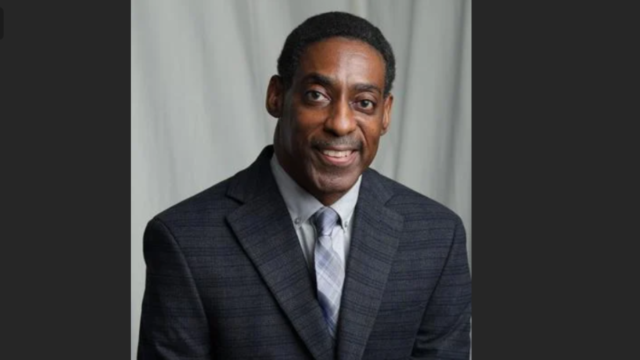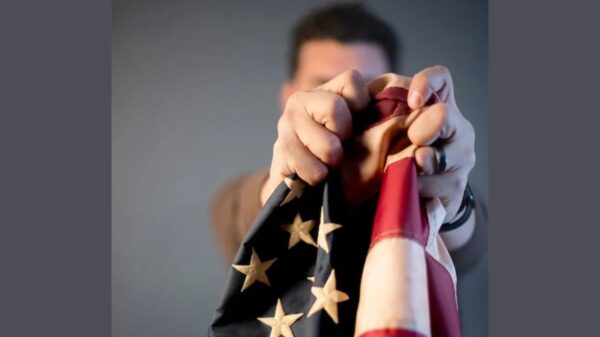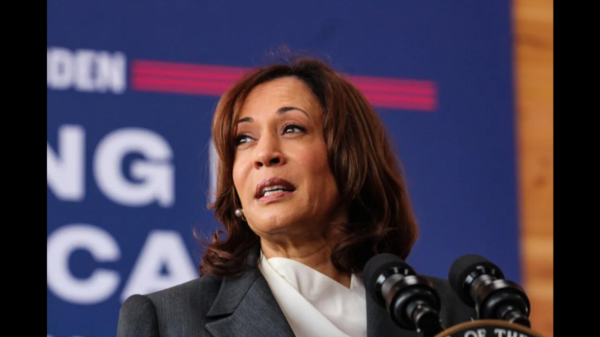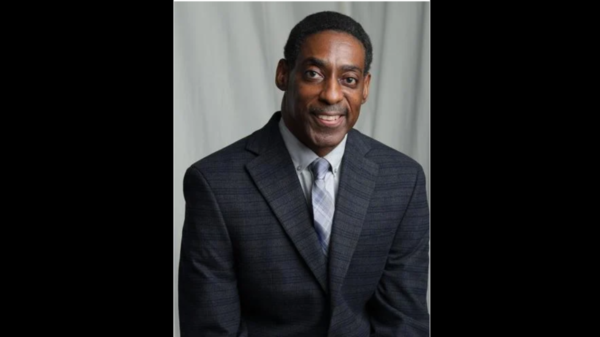
By David W. Marshall
While the first week of October represents Morgan State University’s week of homecoming events, many of those activities were either postponed or canceled, along with the cancellation of classes. Five people, aged 18 to 22, including four students, suffered non-life-threatening injuries after gunfire erupted on Morgan State’s campus.
For Morgan State, this is the third consecutive year a shooting occurred during the annual homecoming celebration. Last year, a 20-year-old man was the victim of gun violence at a homecoming party on campus. An 18-year-old student was shot in 2021 after the end of the homecoming football game.
“This is not just a Baltimore thing,” Mayor Brandon Scott told reporters. “Any mayor in any city will tell you that we have a national problem with guns in the hands of people that should not have them, and we have to handle it in a national way.”
While true, there is more to it than access to guns.
Black Lives Matter is a decentralized political and social movement that seeks to highlight the racism, discrimination and racial inequality experienced by Black people and promote anti-racism. Its primary concerns are police brutality and racially motivated violence against Black people.
While this definition centers on opposing racism, the fight for all Black lives will ultimately force us as a community to become trauma-informed, which is to acknowledge the universality of trauma worldwide and to seek to be responsive to it.
Every major city struggles, to some degree, with teenagers as young as 14 and 15 years old committing violent crimes such as armed robbery, armed carjacking and first-degree murder. It has become a circumstance of life that reminds us of the African proverb, “The child who is not embraced by the village will burn it down to feel its warmth.”
Therefore, every inner city, suburban and rural high school must become trauma-informed. Ballou Senior High School in Washington, D.C., is a trauma-informed school where adults recognize and respond to those impacted by traumatic stress. This includes administrators, teachers, staff, parents and school resource officers who are professionally trained and understand that the traumatic experiences of a child must be considered as part of the educational approach.
The school’s culture is guided by the type of language that builds empathy to reduce the impact of trauma on the classroom. Ballou High School has moved in the direction of asking, “What happened to you?” instead of “What’s wrong with you?”
Each day, when a child enters a school building, teachers and staff must have the trauma awareness of knowing that many of those students often bring their adverse childhood experiences (ACEs) to school with them.
Since the schools have already identified those students considered to be at-risk, they will always be on the front line of defense because in many cases at Ballou High School, at-risk students are students who are identified as homeless during the academic year, under the care of Child and Family Services Agency, qualify for Supplemental Nutrition Program (SNAP), qualify for Temporary Assistance for Needy Families (TANF), or are at least one year older than the expected age for their grade.
While the school’s enrollment of 636 students is 98% Black, 85% of those students are at-risk. When asked, “What happened to you?” the answer may involve some form of ACE extending from household dysfunction. ACE for school students can be the burden of a family’s economic hardship, incarcerated household member(s), the absence of adequate adult support, household substance abuse, and emotional, physical and sexual abuse.
Expanded ACEs can include high rates of witnessing community violence and extended exposure to racial discrimination. Because of the situation in the home, many kids are never given a fair shot of making it in life from the beginning. Ultimately, the community pays the price. Today’s kids may not be burning the village down, but they are undoubtedly shooting it up.
The shootings from the two previous Morgan State homecomings involved community members bringing the violence on campus. The same is likely to be true for this year’s shooting.
Morgan State is the largest HBCU in Maryland. Like all HBCUs, the annual homecoming celebration is a tradition special to students, alumni and local businesses. While homecoming has become a money maker not only for the schools but also for the community, it has always been a means of exhibiting school pride and unity. Any financial loss that may occur doesn’t compare to the long-term trauma suffered by any number of the 9,100 Morgan State students.
The Morgan State shooting illustrates the need for the village to develop trauma awareness concerning its youth. At-risk high school youth live in a different world that society can no longer afford to ignore because Black Lives Matter for different reasons.
David W. Marshall is the founder of the faith-based organization TRB: The Reconciled Body and author of “God Bless Our Divided America.”









You must be logged in to post a comment Login